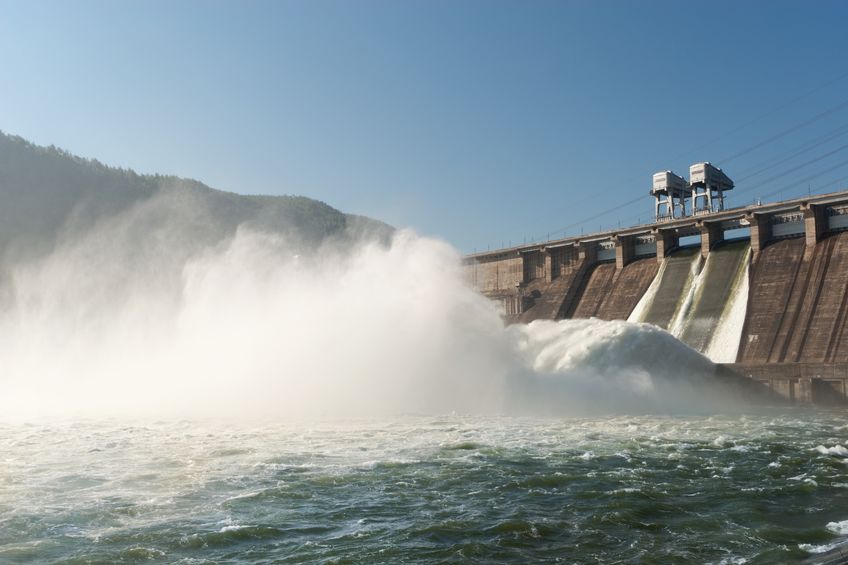By Grace Cancelmo
Hydroelectricity seems like a common-sense solution to politicians, activists, and companies looking for alternatives to fossil fuels. We have rivers. Why not use their currents to produce electricity?
While some may advocate for new dams to be built as a way for the government to stimulate the economy, the best solution can be met with private entities innovating to use dams already in use.
In the U.S. alone, there are about 84,000 dams, ranging from small to large, however, less than ten percent of these dams are used to actually generate power. Hydroelectricity generates about twelve percent of the electricity in the U.S. The expansion of hydroelectricity to these dams is possible.
Dams produce jobs for the people that live nearby as well as a potentially cheaper and cleaner energy source. It seems like a win-win for the environment and the economy.. However, dams are not without their problems – and some of these are not small.
For starters,. the construction of dams, if not properly planned, can sometimes displace thousands of people and animals, as well as harm wildlife habitat.
Daniel K. Benjamin, a senior fellow at PERC, explains that in India in particular, lands upstream of dams have seen an increase in salinity and decreases in agricultural activity. Not to mention the many ways improperly constructed dams harm sediment transport, affecting downstream soil fertility as well as the build-up of muds in the reservoir side. The muds need to be removed frequently to keep the dam functional—requiring a ton of man and technological power to be completed.
In addition, government mismanagement can often turn dam construction into a financial boondoggle, costing investors and taxpayers far more than intended on many projects.
Often, the construction of dams goes way over budget, experiencing costs above the figures that warranted their construction in the first place. Kirk Winemiller from Texas A&M and his colleagues in “Balancing hydropower and biodiversity in the Amazon, Congo, and Mekong” assert that seventy-five percent of the time the construction of large dams cost about ninety-six percent more than the projected costs. Expected monetary returns have also fallen short of original estimates for many large dams capable of producing large amounts of electricity as builders are often overly-optimistic about the quantity of electricity the dam will produce. They often overlook the potential for droughts and the decrease in electricity production that correlates.
Despite these concerns, however, the solution is not to abandon hydroelectricity entirely. There is an alternative – construct dams using the best available science and technology and ensure the environmental impacts are thoroughly vetted before breaking ground begins.
Many dams are already built, and the impacts are already there. Thus, it may be prudent that before we build more hydroelectric dams, perhaps we should better utilize the ones we already have and improve upon them. For the short term, that makes more sense environmentally and economically.
